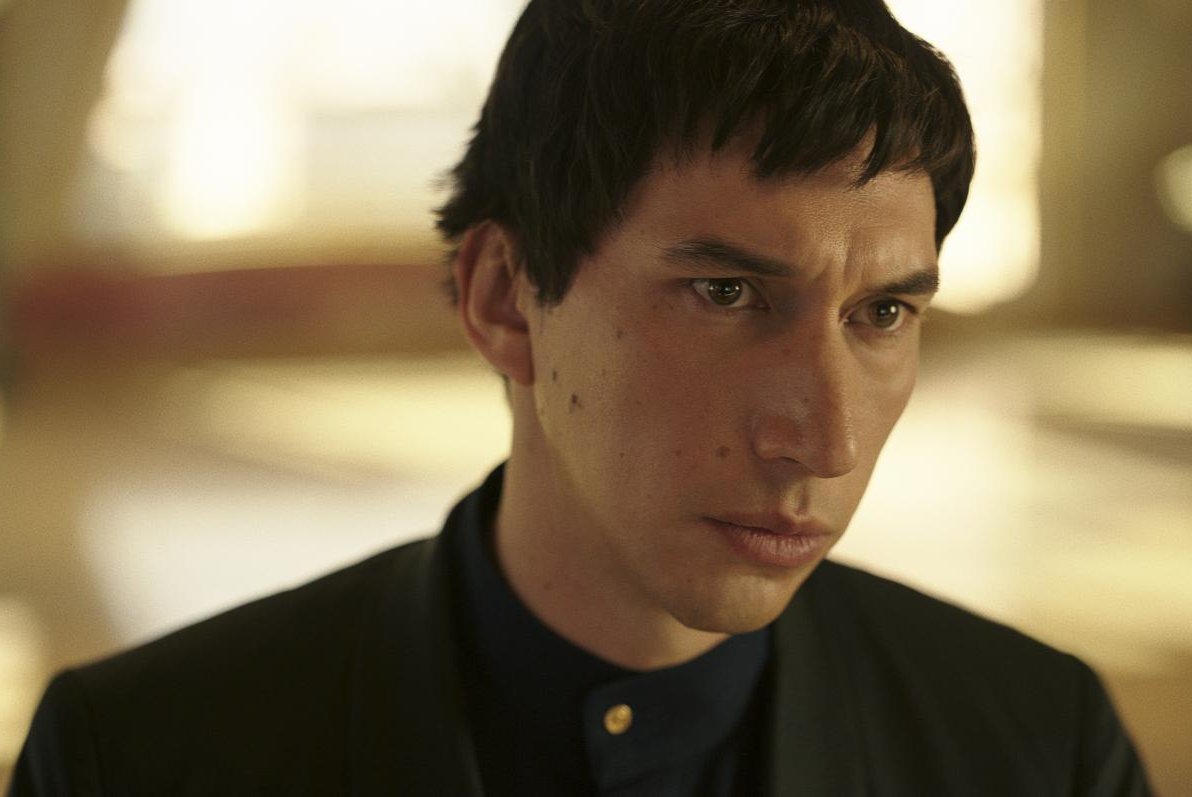1 of 5 | Cesar Catalina (Adam Driver) tries to create Megalopolis. Photo courtesy of Lionsgate
LOS ANGELES, Sept. 23 (UPI) — Megalopolis, in theaters Friday, has been writer-director-producer Francis Ford Coppola’s dream since at least the ’80s. Finally realized, the film shows an uncompromised vision that challenges what we take for granted as viewers of visual entertainment.
In New Rome, which looks strikingly like modern-day New York City including Times Square, Cesar Catalina (Adam Driver) proposes the construction of a new city, Megalopolis. Megalopolis will be constructed out of his controversial substance, Megalon.
Mayor Cicero (Giancarlo Esposito) is against Megalopolis, proposing instead to turn the same plot of land into a casino. Cicero’s daughter, Julia (Nathalie Emmanuel), embeds herself with Cesar to find out his secrets, but ultimately falls for him, against her father’s wishes.
The story is simple enough, transposing a tale of feuding empires into a modern Roman myth. Coppola does not stop there at making Megalopolis a surreal, abstract experience.
In Cesar’s first scene, he introduces the power to stop time. Like Avatar‘s Unobtanium, Megalon is a substance with powers beyond simply holding structures together.
But even if there were no science fiction elements, Coppola does not portray events as a traditional sequence of events.
Every character speaks poetically and behaves ethereally, every movement a choreographed dance. Cesar literally dances down a red carpet addressing reporters and performs the “to be or not to be” speech from Hamlet in his pitch for Megalopolis.
Before Julia, Cesar was involved with television host Wow Platinum (Aubrey Plaza), whose personality is more outrageous off-camera than on. The actors get it and perform faithfully to their roles in Coppola’s tapestry.
Coppola orchestrates organized chaos with crowds of wealthy hedonists, protesting citizens and media. It’s like a classier Caligula, but just as outrageous with the overwhelming sense of hordes.
Montages of kaleidoscope imagery are frequent. The further along Cesar gets in constructing Megalopolis, the more sci-fi concepts the film introduces.
Just when it seems New Rome has established a firm set of rules, it introduces more magic that it treats as scientific physics. Julia mimes pulling Cesar with a rope, but they act like they’re really fighting each other’s resistance. Statues come to life only to slump exhaustedly.
One setting high above New Rome looks more like a backdrop than any sense of height, but that completely fits into the film’s abstract aesthetic.
A sequence that involves a live performer in the theater speaking to the screen does not work as well. There’s no leadup in the film, so it’s distracting when the theater lights come on, and it’s glaring how much dead space the film left for a live performer to deliver his line.
While festival and press screenings have enlisted a performer to fulfill this duty, most theaters showing Megalopolis would probably have to have the spoken line dubbed into the film. It will be just as well because the other formal techniques in Megalopolis are more successful.
In addition to verbally dancing around the plot, characters frequently discuss political themes Coppola is exploring. They debate how to change the future and society, whether utopia is sustainable or even ideal, and it’s left for the audience to decide whether they are working for the greater good or their own personal interests.
Coppola also has some thoughts on the media manufacturing celebrities, tearing them down but also celebrating their comeback. Here’s hoping Coppola gets the comeback narrative.
Compared to superhero movies, family films or even ambitious genre series like John Wick and Mad Max, Megalopolis would qualify as an art film. But, it’s art with so much showmanship, and it’s always entertaining.
Fred Topel, who attended film school at Ithaca College, is a UPI entertainment writer based in Los Angeles. He has been a professional film critic since 1999, a Rotten Tomatoes critic since 2001, and a member of the Television Critics Association since 2012 and the Critics Choice Association since 2023. Read more of his work in Entertainment.






